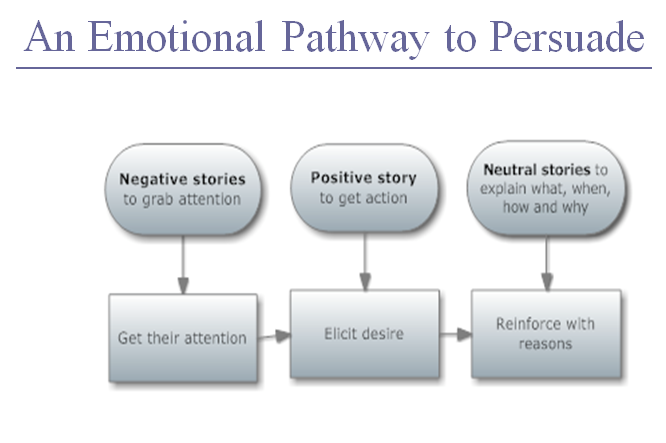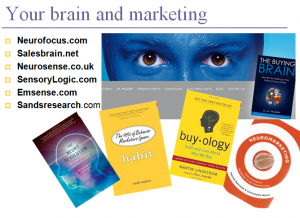 I’m glad to see that there are more agencies focusing on content marketing for small businesses. I stumbled upon The Content Factor and found their approach to blog writing and white papers refreshing:
I’m glad to see that there are more agencies focusing on content marketing for small businesses. I stumbled upon The Content Factor and found their approach to blog writing and white papers refreshing:
The Content Factor provides good advice for content marketing strategies:
But to be successful with blogging, you have to recognize some key differences:
- The best blogs are personified. Readers like to feel like they know the blog writer and feel some of the blog writer’s personality and humanity come through. One good way to do this is via the slice-of-life approach; what happened to you today that relates to some business insight you can offer?
- Blogs should not be looked at in the traditional sense as corporate communications. If you just regurgitate press releases, or take very little risk with your blog posts, you will not attract very many readers.
- Blogs have to be kept up. Once you fall behind, you are dead. We should know. We struggle with our blog as well.
Three great tips to keep in mind for your blogging strategies: Read More→












